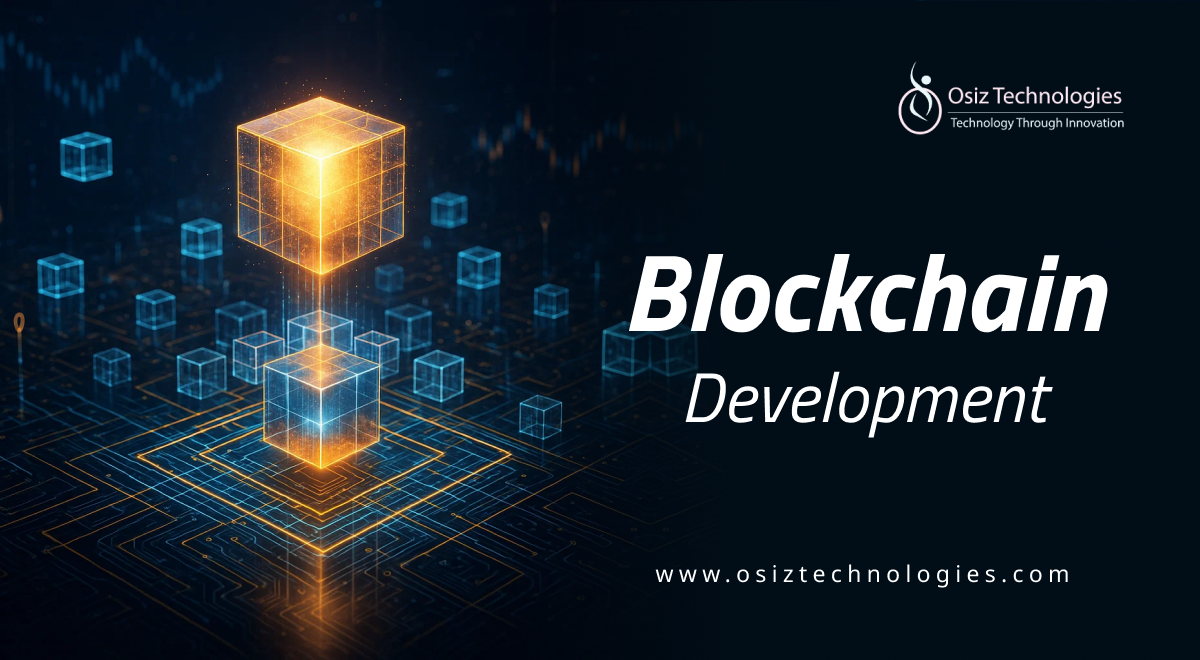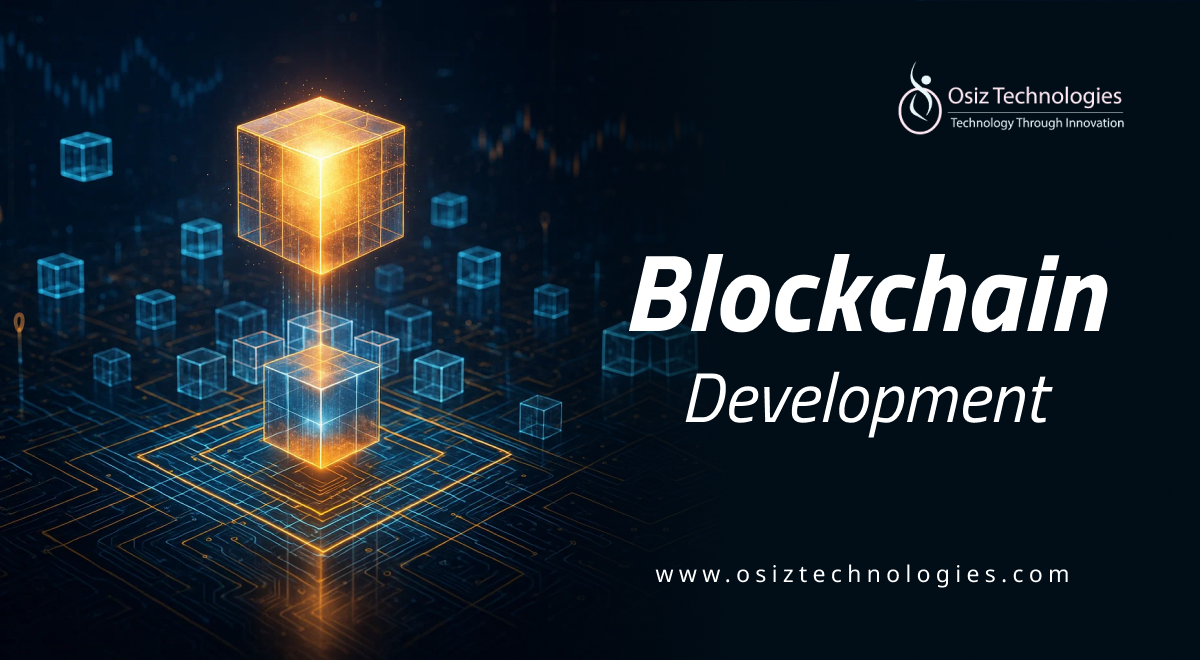Introduction to DeFi Trading Bots
DeFi trading bots are automated programs designed to execute crypto trades on decentralized platforms based on pre-set conditions and market opportunities. They help traders bypass manual intervention, offering advantages like faster trade execution, real-time market analysis, and 24/7 operation in the fast-paced DeFi space.
As DeFi markets remain volatile and highly competitive, these bots enable users to capitalize on fleeting opportunities and complex strategies that would be difficult to manage manually.
What Are Flash Loan Arbitrage Bots?
Flash loan arbitrage bots are specialized DeFi tools designed to exploit price discrepancies between decentralized exchanges (DEXs) using flash loans — instant, collateral-free loans that must be repaid within the same blockchain transaction.
These bots borrow large sums of crypto, execute arbitrage trades across multiple DEXs where a price gap exists for the same asset, and repay the loan — keeping any profit made in the process. Because the entire operation happens in a single transaction, there’s minimal market risk involved.
Flash loan arbitrage bots rely on speed, precision, and optimized smart contract execution to turn micro-opportunities into instant gains. However, they require deep blockchain knowledge and face risks like high gas fees, front-running, and transaction failure.
Overview of General DeFi Bots
General DeFi bots offer a broader range of automated trading and yield farming strategies beyond just arbitrage. These bots can manage tasks like liquidity provision, automated market-making, portfolio rebalancing, interest rate optimization, and simple token swaps based on predefined conditions.
Unlike flash loan bots, which focus on split-second price gaps, general DeFi bots support long-term trading plans and risk-adjusted strategies. They integrate with multiple DeFi protocols to automate routine tasks, improve trading efficiency, and optimize returns without the need for constant monitoring.
General DeFi bots are often favored by casual investors and portfolio managers who prioritize steady returns and operational flexibility over high-risk, high-speed opportunities.
Key Differences Between Flash Loan Arbitrage Bots and DeFi Bots
While both flash loan arbitrage bots and general DeFi bots automate crypto trading operations, their functionalities, purposes, and risk profiles are distinctly different. Understanding these differences is essential for traders aiming to align bot capabilities with their market strategies.
Flash loan arbitrage bots are designed for ultra-fast, profit-driven trades that exploit temporary price discrepancies across decentralized exchanges. Their operations revolve around executing multiple trades within a single blockchain transaction using a flash loan — a collateral-free loan that must be repaid instantly. The core advantage here is the ability to secure profits without upfront capital. However, these bots require extremely high transaction speed, optimized smart contract deployment, and are vulnerable to risks like failed execution and network congestion.
General DeFi bots, on the other hand, perform a broader set of functions beyond arbitrage. They automate various DeFi activities like token swapping, liquidity management, yield farming, lending optimization, and portfolio balancing based on pre-set strategies. Unlike flash loan bots, which focus on one-time, instant trades, general DeFi bots continuously operate in the background, executing tasks as market conditions meet predefined rules. Their goal is to optimize returns over time rather than capture immediate profits.
The primary differences lie in their operational models and objectives:
Purpose: Flash loan bots target quick, arbitrage-based profits. General DeFi bots aim for sustainable, long-term trading and portfolio management.
Speed: Flash loan bots must complete trades within a single transaction, while general DeFi bots operate across multiple transactions over extended periods.
Risk Exposure: Flash loan bots face technical and transaction-related risks but avoid prolonged market exposure. General DeFi bots deal with market fluctuations and protocol risks over time.
Capital Requirement: Flash loan bots utilize borrowed capital temporarily, while general DeFi bots often manage the user’s own assets.
Use Cases: Flash loan bots are best suited for arbitrage traders seeking high-speed opportunities, whereas general DeFi bots cater to diversified strategies like yield farming and automated market-making.
Which Bot Is Smarter for Crypto Trading?
The smarter bot depends on your trading goals, risk tolerance, and market approach.
Flash loan arbitrage bots are intelligent tools for experienced traders and developers seeking rapid, high-yield trades. Their ability to generate instant profits with zero upfront capital makes them powerful, but they demand deep blockchain expertise and carry risks related to transaction fees and execution failures.
General DeFi bots offer smarter solutions for traders who value consistent returns, diverse strategies, and reduced exposure to transaction risks. They’re well-suited for portfolio managers, passive investors, and those aiming for steady growth in the DeFi space.
Ultimately, both bots demonstrate unique intelligence in their respective roles — with flash loan bots excelling in opportunistic, high-speed trades, and general DeFi bots proving reliable for sustainable, automated crypto portfolio management.
Wrap Up
As DeFi trading tools continue to evolve, choosing the right bot comes down to aligning technology with your trading strategy. Flash loan arbitrage bots offer unmatched speed and instant profit potential, while general DeFi bots deliver versatility and long-term value.
For traders seeking smarter, automated crypto trading, working with a reliable DeFi development company can help customize, audit, and deploy bots tailored to your specific market goals — ensuring security, profitability, and a competitive edge in the growing decentralized finance ecosystem.
Listen To The Article
Recent Blogs

Black Friday 30%
Offer











